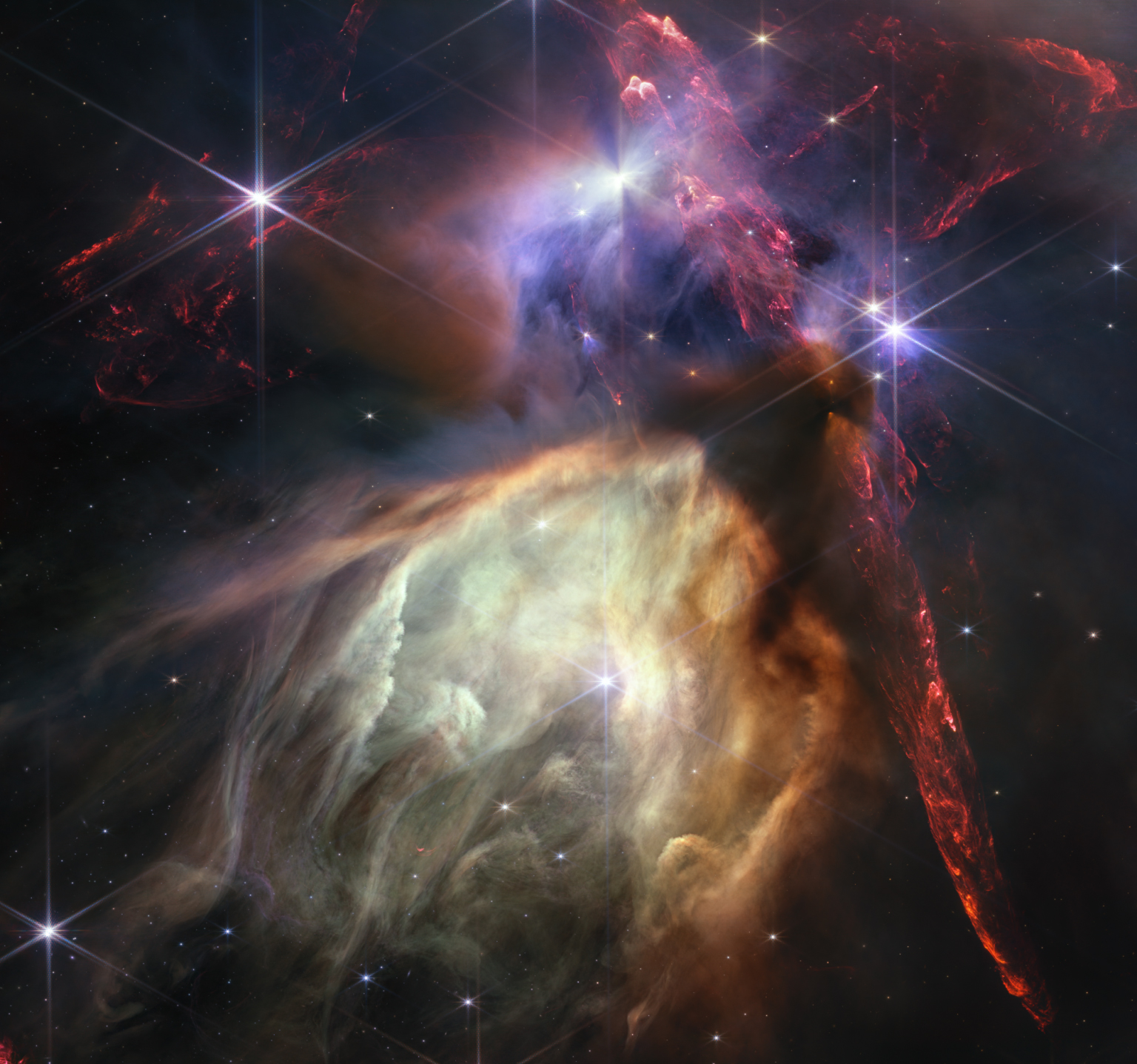by Kat Troche of the Astronomical Society of the Pacific
As summer deepens in the Northern Hemisphere, a familiar constellation rises with the galactic core of the Milky Way each evening: Scorpius the Scorpion. One of the twelve zodiacal constellations, Scorpius contains many notable objects, making it an observer’s delight during the warmer months. Here are some items to spy in July:
- Antares: referred to as “the heart of the scorpion,” this supergiant has a distinct reddish hue and is visible to the naked eye. If you have good skies, try to split this binary star with a medium-sized telescope. Antares is a double star with a white main-sequence companion that comes in at a 5.4 magnitude.
- Messier 4: one of the easiest globular clusters to find, M4 is the closest of these star clusters to Earth at 5,500 light years. With a magnitude of about 5.6, you can spot this with a small or medium-sized telescope in average skies. Darker skies will reveal the bright core. Use Antares as a guide star for this short trip across the sky.
- Caldwell 76: If you prefer open star clusters, locate C76, also known as the Baby Scorpion Cluster, right where the ‘stinger’ of Scorpius starts to curve. At a magnitude of 2.6, it is slightly brighter than M4, albeit smaller, and can be spotted with binoculars and the naked eye under good sky conditions.
Lastly, if you have an astrophotography set up, capture the Cat’s Paw Nebula near the stinger of Scorpius. You can also capture the Rho Ophiuchi cloud complex in the nearby constellation Ophiuchus. Brilliant Antares can be found at the center of this wondrous structure.
While many cultures tell tales of a ‘scorpion’ in the sky, several Polynesian cultures see the same stars as the demigod Māui’s fishhook, Manaiakalani. It is said that Māui didn’t just use his hook for giant fish in the sea, but to pull new islands from the bottom of the ocean. There are many references to the Milky Way representing a fish. As Manaiakalani rises from the southeast, it appears to pull the great celestial fish across a glittering sea of stars.
While you can use smartphone apps or dedicated devices like a Sky Quality Meter, Scorpius is a great constellation to measure your sky darkness with! On a clear night, can you trail the curve of the tail? Can you see the scorpion’s heart? Use our free printable Dark Sky Wheel, featuring the stars of Scorpius on one side and Orion on the other for measurements during cooler months. You can find this resource and more in the Big Astronomy Toolkit.
